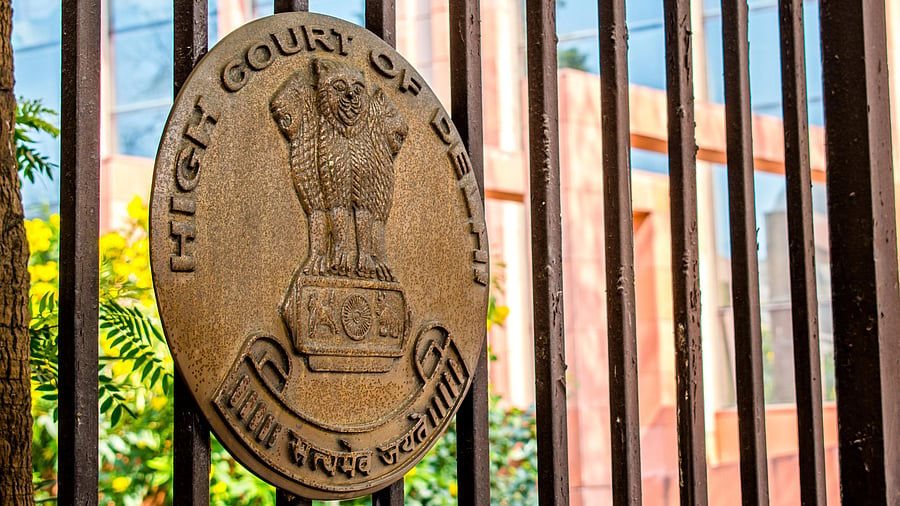
Delhi High Court.
Credit: iStock Photo
On September 15, 2025, the Delhi High Court issued an order in Shelly Mahajan v. Bhanushree Bahl & Anr., allowing a civil suit for damages based on “alienation of affection” (AoA) to proceed. The plaintiff alleged that the defendant, a third party, had developed an intimate relationship with her husband, frequently visiting their home, accompanying him on work trips, and exchanging intimate letters – all actions she claimed led to the breakdown of her marriage.
While noting that Indian statutes do not expressly recognise AoA, the court observed that Supreme Court dicta in Pinakin Rawal (2013) and Indra Sarma (2013) had acknowledged it in principle as an intentional tort: wrongful interference by a third party in a marital relationship, calculated to alienate one spouse’s affection from the other. But it raises a deeper conceptual problem: should the obligations of fidelity that exist between spouses be extended outwards, as duties enforceable against third parties?
The order invokes Wesley Hohfeld’s schema of rights and duties: if a spouse has a right to consortium, intimacy, and companionship, then a third party may have a correlative duty not to interfere. But in the same breath, the court concedes that where a spouse’s conduct is entirely voluntary, uninduced, and uncoerced, third-party liability collapses. This is self-defeating. If liability is always defeated by the spouse’s autonomy, then the Hohfeldian duty the Court claims to recognise is illusory.
Fidelity obligations are quintessentially intra-spousal. They arise only because of the voluntary commitment the spouses made to one another, codified in family law statutes. Outsiders never undertook these obligations. To extend a duty of fidelity to third parties is to transform marriage into an obligation enforceable against the world at large – an untenable proposition.
This is the nub of the conceptual critique: tort law should not project marital duties outward. Marriage is a personal covenant between two individuals, not a liability regime for everyone they interact with. The moment tort law imposes duties of fidelity on outsiders, it risks punishing colleagues, friends, or even casual acquaintances, whenever a marriage fails and blame is externalised.
Adults make their own choices
There is also the question of agency. When a marriage falters, it is because one spouse has chosen – rightly or wrongly – to withdraw their affection. To suggest that a third party “caused” that decision is to strip the erring spouse of agency, reducing them to a passive object led astray.
Tort law requires clear causation between wrongful conduct and injury. In the case of AoA, however, the decisive act is the spouse’s voluntary shift of affection. No third party can compel love, loyalty, or companionship. A human being within a marriage is an autonomous agent; they are not stolen like property, nor alienated like a transferable asset.
None of this is to deny that civil remedies are available and necessary when marriages break down. Family law rightly allows spouses to seek divorce, maintenance, custody, and even damages in certain circumstances. These remedies recognise that marriage, though deeply personal, has legal consequences that deserve judicial protection.
The comparative experience bears this out. England abolished ‘heart-balm’ actions, including AoA, in the 19th century. Canada followed suit, and today, only a handful of states in the United States retain the action, where it is widely criticised as archaic and prone to vindictive misuse. These jurisdictions recognised that courts cannot and should not police the affections of adults or assign liability to third parties for consensual choices.
Recognising AoA as a tort also risks encouraging a culture of externalising responsibility. When marriages falter, there are usually multiple causes – incompatibility, conflict, drift, or simply the waning of affection. To single out a third party as the villain obscures the real, complex dynamics within the marriage.
The Delhi High Court has only ruled on maintainability and not the merits of the case; the trial will have to grapple with proof and damages. But even allowing the suit to proceed signals a troubling willingness to expand tort law into matters that are best confined to matrimonial remedies. Recognising AoA as a civil tort risks externalising responsibility for marital breakdown.
If fidelity is to be enforced, it must remain a mutual obligation within marriage, not a duty owed by the world. To hold otherwise is to mistake the private covenant of two individuals for a public claim against all others. In law as in life, marriage is between two. Tort law should not make it a crowd.
(The writer is a lawyer and a research fellow at the Vidhi Centre for Legal Policy)
Disclaimer: The views expressed above are the author's own. They do not necessarily reflect the views of DH.
Read more at: https://www.deccanherald.com/opinion/golds-rally-sparks-fomo-should-investors-chase-or-pause-3754002